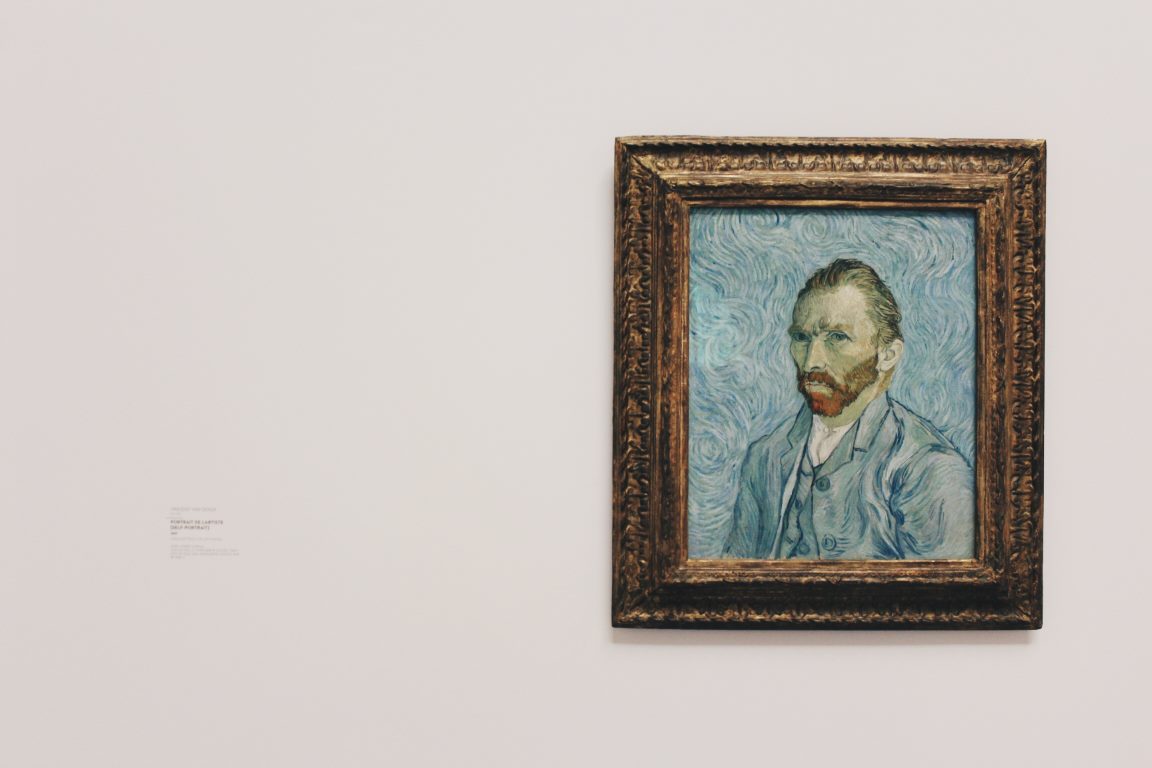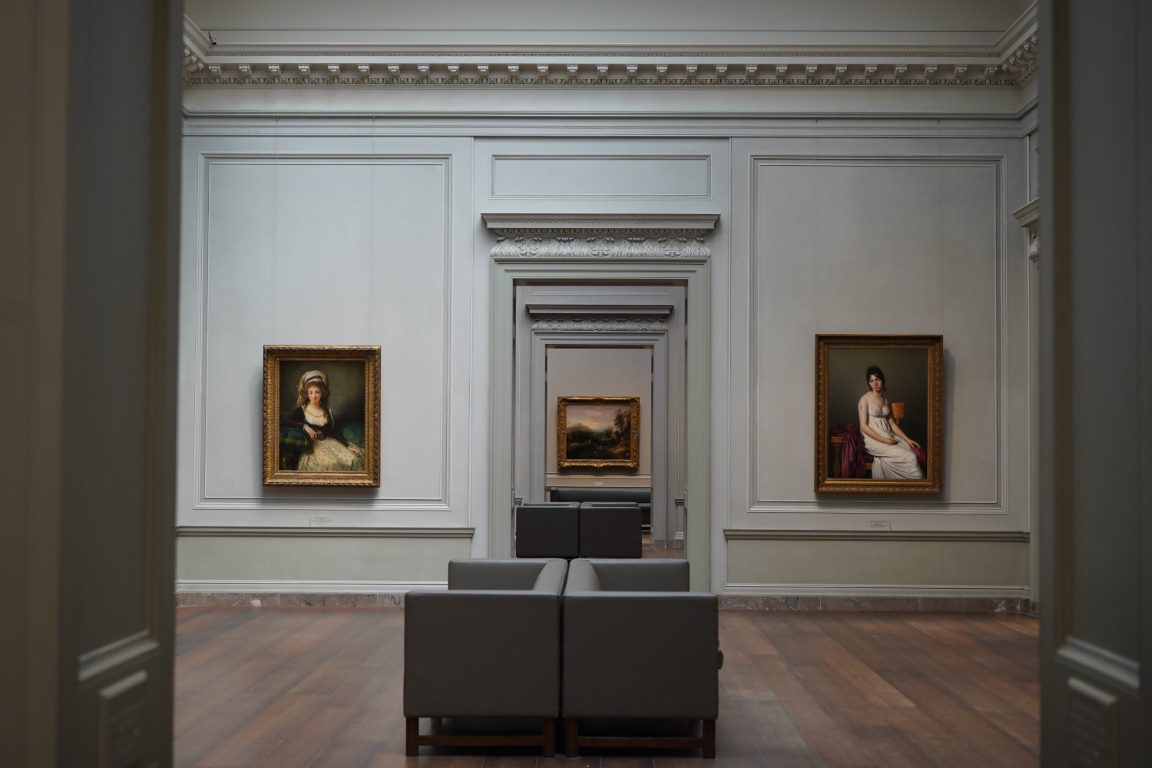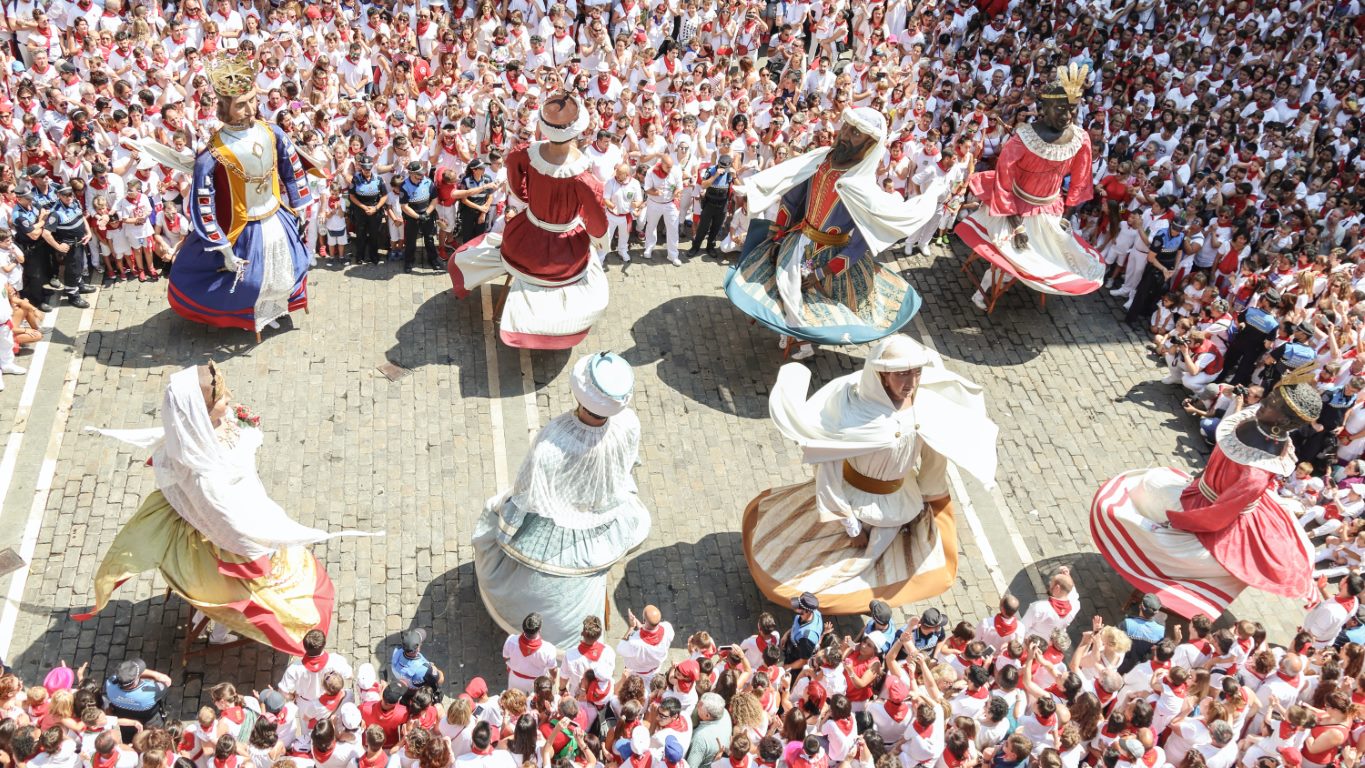How to Plan Your 17-Day Tour of Discovering Ecuador by Public Bus in Quito
Are you planning a trip to Ecuador but feeling overwhelmed by the amount of planning and logistics required? Look no further than the 17-day Discovering Ecuador by Public Bus tour. Sit back and relax as you explore the best of Ecuador’s natural and cultural attractions without any of the stress of planning. In this blog post, we’ll guide you through everything you need to know to plan your Ecuadorian adventure.Overview of the Tour
The 17-day Discovering Ecuador tour is the perfect way to explore Ecuador like a local. Your tour will take you to top Ecuador attractions such as Quito Old Town, Otavalo Market, Cuicocha Lake, Baños, Isla de Plata, and the Liana Jungle. Travel along scenic routes by public bus, where you’ll have the chance to get to know the locals, and soak up the stunning scenery. This small-group tour is limited to 12 people, ensuring that you’ll get personalized attention from your knowledgeable local guide. The tour includes a mix of guided sightseeing and free time to explore. You’ll enjoy 16 breakfasts and three lunches, all activities mentioned in the program, but food and drinks unless specified, and gratuities.Itinerary of the Tour
Here’s what to expect on each day of the tour:Day 1: Arrival Day to Quito
Your tour begins with your arrival in Quito. You’ll have the rest of the day to explore the city on your own, adjusting to the high altitude, or resting before the adventures to come.Day 2: Exploring Quito
On day two, your tour will begin with a guided tour of Quito’s UNESCO-listed Old Town. You’ll explore the colonial architecture, intricate churches, and charming plazas that have made this district a world cultural heritage site. In the afternoon, you’ll have free time to explore or rest before the next day’s adventures.Day 3: Trip to Otavalo Area & Surroundings
Get ready to explore the Otavalo area, a town known for its indigenous market, where you can haggle with the locals for unique pieces of clothing and handicrafts. You’ll also get a chance to visit the Peguche Waterfall and San Pablo Lake.Day 4: Hiking Around Cuicocha Lake
On day four, you’ll hike around the stunning Cuicocha Lake, situated in the crater of an extinct volcano. You’ll explore the different vegetation around the lake, and you’ll be able to see steam coming out from the inside.Day 5: Public Bus to Tena
You’ll board a local public bus and travel to Tena, a steamy town situated in the Amazon Basin. You’ll be able to drink fresh juice from the locals that they sell on the bus before arriving in Tena.Day 6: Liana Jungle
On day six, you’ll embark on a full-day jungle experience in Liana. You’ll take a canoe down the River Napo, go on a hike in the rainforest, and visit a local family to learn about their way of life.Days 7-16: Discovering Ecuadorian Beauty
The following days, you’ll continue exploring the best of Ecuadorian beauty. Explore the stunning Baños, the impressive Chimborazo volcano, and the rugged coasts of Isla de Plata. You’ll also have the chance to relax in hot springs and explore the Galapagos Island Tortoise Reserve.Day 17: End of the Tour
On the final day of the Discovering Ecuador tour, you’ll say goodbye to your fellow travelers in the morning, and your guide will help you with your final transportation plans.How to Book
Booking your Discovering Ecuador tour is easy. Simply visit the following link to book your tour: book the tour here. Make sure to book your tour in advance to ensure that you get your preferred dates!Book Your Tour Now
The Discovering Ecuador tour is the perfect way to explore Ecuador’s natural and cultural wonders without any of the stress of planning. Travel like a local, get personalized attention from your knowledgeable guide, and enjoy the mix of guided sightseeing and free time to explore. Book your tour today and get ready for the adventure of a lifetime.
FAQ about Quito
1. What is Quito?
Quito is the capital city of Ecuador, located in South America. It is situated in the Andes mountain range, at an altitude of 2,850 meters (9,350 feet) above sea level, making it the highest official capital city in the world. Quito is known for its rich history, colonial architecture, and stunning natural surroundings.
2. What are the main attractions in Quito?
There are a lot of things to see and do in Quito. Some of the must-see attractions include:
- The Historic Center of Quito – This area is a UNESCO World Heritage Site and is home to many beautiful colonial-era buildings and churches, including the stunning Basilica del Voto Nacional.
- The Teleferico – This cable car transports visitors to the top of Pichincha Volcano, where they can enjoy stunning views of the city and surrounding mountains.
- The Middle of the World – This attraction marks the spot where the equator passes through Ecuador and features a variety of exhibits and demonstrations related to this important geographic location.
- The Ecuadorian Amazon – While not technically in Quito, many visitors to the city take excursions to the Amazon rainforest, which is just a short plane ride away.
3. What is the weather like in Quito?
Due to its high altitude, Quito has a relatively mild climate. The average temperature is around 18°C (64°F), but it can vary depending on the time of year and the altitude of your location. It is generally cooler at night and in the early morning, and warmer in the afternoons. The rainy season lasts from October to May, while the dry season is from June to September.
4. How do I get to Quito?
Quito is served by two primary airports: Mariscal Sucre International Airport and Cotopaxi International Airport. Many major international airlines have connections to Quito, making it easy to travel to from around the world. Once in the city, visitors can get around using taxis, buses, or even the city’s modern metro system.
5. Are there any health concerns I should be aware of in Quito?
As with any city in the world, it is important to consider your own health and well-being while in Quito. Altitude sickness can be a concern, especially if you are flying in from sea level. It is important to drink plenty of water, avoid alcohol and caffeine, and take it easy during your first few days in the city in order to adjust to the altitude. Other health concerns include mosquito-borne illnesses like dengue fever and Zika virus, so it is important to take steps to prevent mosquito bites while in Quito.
6. What is the local currency in Quito?
The local currency in Ecuador is the United States dollar. Visitors can easily obtain cash and use credit cards at ATMs and banks throughout the city. It is a good idea to carry cash with you as some smaller establishments may not accept credit cards.
7. Are there any cultural customs I should be aware of in Quito?
Quito and Ecuador have a rich cultural history and it is important to be respectful of local customs and traditions. Some things to keep in mind include:
- Addressing locals with appropriate titles and formal language, particularly if they are elders or in positions of authority
- Dressing modestly, particularly when visiting religious sites
- Avoiding public displays of affection
- Avoiding taking photographs of indigenous people without their consent
- Tipping is common in Quito, particularly in restaurants and for tours or other services
8. Is it safe to visit Quito?
Quito is generally considered safe for visitors, but like any major city, it is important to take precautions to protect your safety and belongings. Some tips include:
- Avoiding walking alone or in unfamiliar areas late at night
- Keeping your valuables and passport in a secure location while out in public
- Being aware of your surroundings and trusting your instincts if you feel uncomfortable or unsafe
- Always using a trusted taxi service, particularly at night
- Staying informed about local news and events, particularly if there are any demonstrations or protests occurring in the city
9. What are some tips for enjoying Quito like a local?
While there are plenty of tourist attractions to see in Quito, there are also many opportunities to experience local life and culture. Some tips for enjoying Quito like a local include:
- Trying local street food like empanadas, ceviche, or fanesca (a traditional Ecuadorian soup)
- Exploring the city’s many parks and green spaces, like Parque La Carolina or Parque Metropolitano
- Visiting local markets like Mercado Central or Plaza de San Francisco for unique souvenirs and local goods
- Attending a local football (soccer) game to experience the passion and excitement of Ecuadorian sports culture
- Exploring Quito’s many art galleries and cultural centers to experience the city’s vibrant arts scene
10. When is the best time to visit Quito?
The best time to visit Quito depends on your interests and preferences. The city is beautiful and bustling year-round, but some factors to consider include the weather, local holidays and festivals, and the crowds of tourists. The dry season from June to September is generally considered the peak tourist season, while the rainy season from October to May can be less crowded and more affordable. However, the city can be quite busy during major festivals like Holy Week or New Year’s Eve, so it is a good idea to plan ahead if you are interested in visiting during those times.
Book Your Tour Now
Quito is a beautiful and fascinating city with much to offer visitors. Whether you are interested in history, culture, or natural beauty, there is something for everyone in this South American gem. By following these tips and guidelines, you can make the most of your visit to Quito and ensure a safe, enjoyable experience.

How to Spend Your Time as a Tourist in Quito
Quito is the capital city of Ecuador, and is a wonderful place to visit. There are many things to see and do, and you can easily spend several days enjoying everything that the city has to offer. In this guide, we will go over some of the top things to do as a tourist in Quito, and provide tips on how to make the most out of your trip.1. Visit the Historic Center of Quito
The Historic Center of Quito is a UNESCO World Heritage Site and is a must-see attraction for anyone visiting the city. The area is filled with beautiful colonial architecture and historical buildings, including the stunning Cathedral of Quito and the Presidential Palace. Make sure to take a walking tour of the area to fully appreciate the beauty and history of the place.2. Explore the Museums of Quito
Quito has many excellent museums that showcase the culture and history of the country. Some of the best museums to visit are:• The Museum of the City
The Museum of the City is located within a beautifully restored 16th-century monastery and showcases the history and culture of Quito. It has a vast collection of art and artifacts from the region.• The National Museum of Ecuador
The National Museum of Ecuador is the largest museum in the country and has a vast collection of artifacts, from pre-Columbian times to the present day. It is the perfect place to learn about the history of the country and its people.3. Take a Cable Car up to the Pichincha Volcano
Quito is located in the Andes Mountains, and one of the best ways to appreciate the stunning views of the city and surrounding mountains is to take a cable car up to the top of the Pichincha Volcano. The cable car ride is an experience in itself, as you get to see the amazing views of the city as you ascend. Once you reach the top, there are endless hiking trails to explore, and the views from the summit of the volcano are absolutely breathtaking. Don’t forget to bring your camera!4. Visit the Mitad del Mundo Monument
The Mitad del Mundo Monument, or “Middle of the World,” is a popular tourist attraction just outside of Quito. It is located on the equator, and visitors can stand with one foot in the Northern Hemisphere and one foot in the Southern Hemisphere. There is also a museum at the site that explains the history and significance of the equator.5. Try the Local Cuisine
Ecuadorian cuisine is delicious and diverse, with many regional dishes to try. Some of the most popular dishes to try in Quito include:• Locro de papas
This is a hearty potato soup that is packed with flavor and is perfect for a chilly day.• Llapingachos
Llapingachos are like potato pancakes, stuffed with cheese and served with avocado and meat.• Cuy
Cuy, or guinea pig, is a traditional dish in the Andes and is often served roasted or fried.6. Experience the Nightlife in Quito
Quito has a vibrant nightlife scene, with plenty of bars and clubs to choose from. La Ronda is one of the most famous streets for nightlife in the city, with many bars and restaurants to try. Make sure to try a few of the local cocktails, such as the “canelazo” made with hot cinnamon and sugar.7. Shop at the Local Markets
There are many colorful markets in Quito where you can find souvenirs and local crafts. Make sure to visit the Otavalo Market, one of the largest indigenous markets in South America, and the Mercado Artesanal La Mariscal, which has a wide variety of traditional crafts and souvenirs.Book Your Tour Now
Quito is a vibrant and exciting city with something for everyone. Whether you’re interested in history, culture, nature, or nightlife, you’ll find plenty to keep you busy in this amazing city. Make sure to plan your trip in advance and take advantage of all the wonderful experiences that Quito has to offer.Table of Contents

